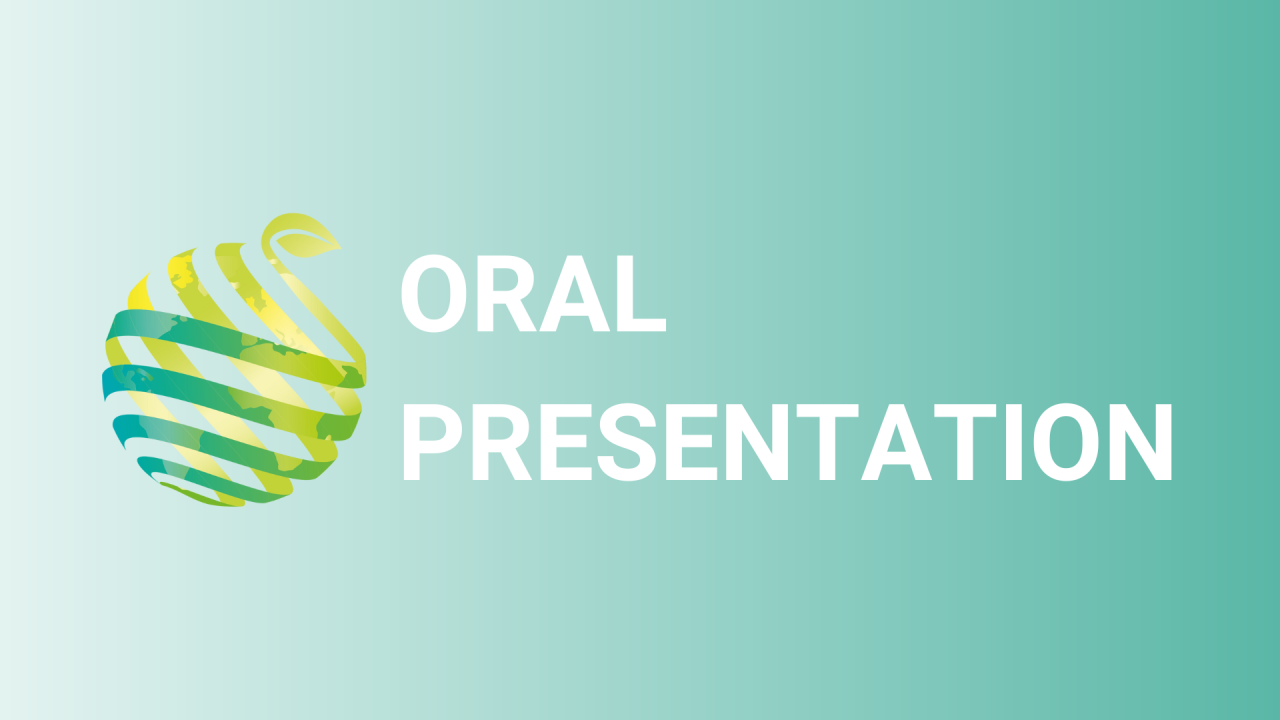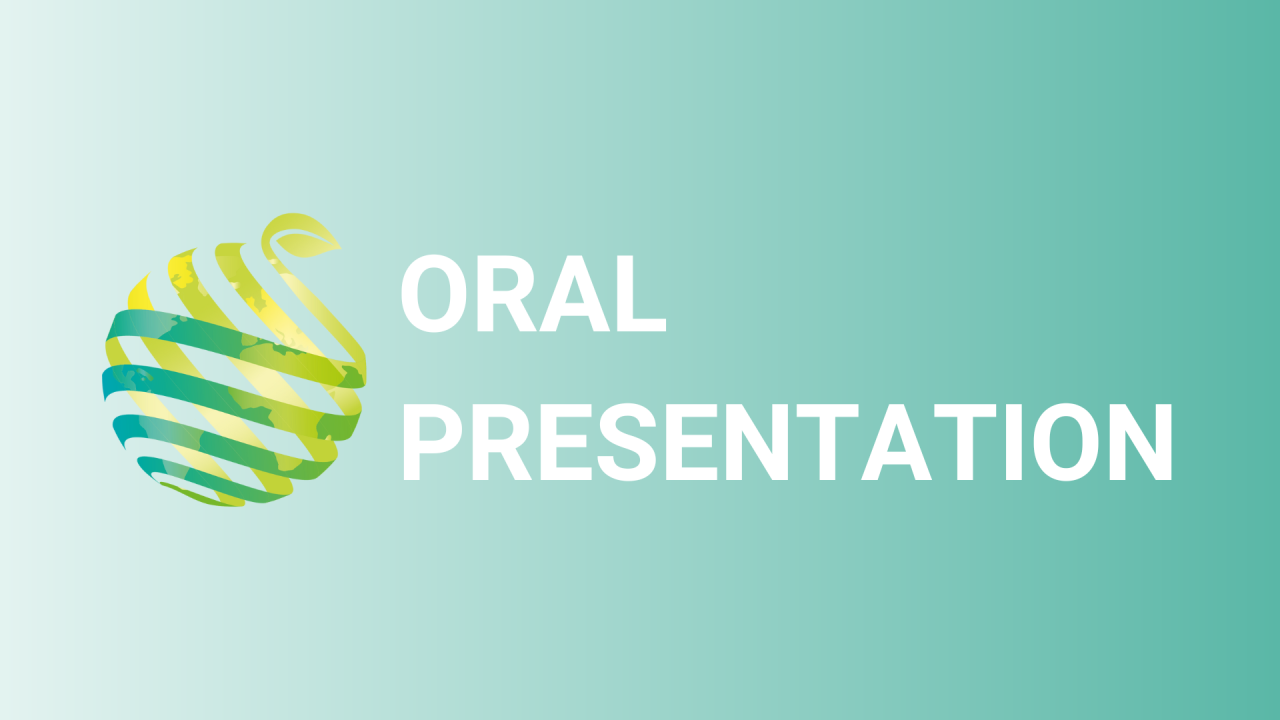

S06 - Session O2 - Artificial light quality changes colonization ability of biocontrol agents under greenhouse conditions.
Information
Authors: Maria Hellström *, Maria Karlsson, Isabella Kleman, Beatrix Alsanius
Integrated control measures are important in order to cope with fungal foliar pathogens in greenhouse settings. Biocontrol agents (BCA) play an important role in this context. However, the successful anticipation of detrimental pathogens, such as grey mould and powdery mildew, by BCAs under in vitro conditions, cannot always be followed up under greenhouse conditions in experimental and commercial greenhouse settings. There are multiple explanations for failing efficacy. A precondition for BCAs' efficacy towards foliar pathogens is their ability to colonize the target crop's canopy. We studied the role of basic mechanisms for BCAs' efficacy under greenhouse conditions, namely dispersal and establishment. In a two-factorial approach, three BCAs (factor 1), ( Bacillus amyloliquifaciens , Pseudomonas chlororaphis , Streptomyces griseoviridi s) were applied by foliar spray to greenhouse-grown tomatoes and exposed to three wavelengths (factor 2; 420, 530 and 660 nm) and followed during 48 hpi. Leaves were harvested according to a pre-determined time schedule and the viable BCA cells were quantified by plate count and ddPCR. Preliminary results indicate that the light environment (wavelength) is an important feature for successful BCA introduction to plant canopies and that individual light settings are needed for different organisms. The full set of results is presented at the congress.